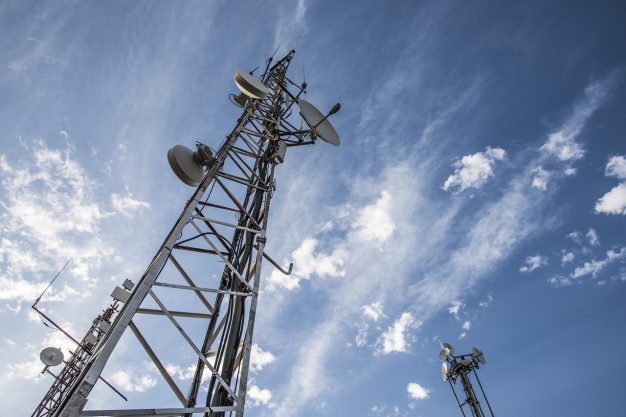
Tools for Towers, Top to Bottom
15th March, 2024
Communication infrastructure is constantly changing, and technicians need their tools to keep pace. From the growth of small cell sites, increasing use of hybrid (copper-fiber)
When you’re responsible for providing your customers with super-fast fiber optic broadbrand, keeping your fiber clean should be a key priority for your business. Even the tiniest speck of oil, dust or dirt could lead to attenuation and impact the service you’re providing to your customers.
It’s therefore important to ensure that your engineers are taking the correct approach when it comes to cleaning fibers. Here are our top three tips for maintaining a spotless network:
When you’re striving to keep your network clean and minimise attenuation, it’s vital that your engineers know when to clean the fibers. Whenever they install a new cable, for example, they must clean the fiber before they do so, as even brand-new fibers can pick up dust and dirt while being transported and installed. Your engineers will also need to clean the fiber whenever they cut into the cable, as even the smallest of cuts can lead to microscopic dirt entering the cable and contaminating the fiber.
If fibers are properly cleaned and prepped at these crucial times, then there should be no need for preventative maintenance and cleaning. Of course, when faults occur your team will need to access the fibers to carry out repairs, but if your network is operating normally, avoid exposing your fibers to the air unnecessarily. Every time you do so, there’s a risk of contamination, which means your engineers must carry out the cleaning process once again.
When cleaning fiber cables, you should only use lint-free wipes, as standard wipes and cloths could leave fibers and fluff on the cable. Using dry wipes alone, however – a practice known as ‘dry’ cleaning – is not an ideal approach to cleaning fiber, as rubbing the fiber with a dry wipe can create an electrostatic charge on the connector. A charged end face will attract dust particles, leaving the cable contaminated, so it’s best to wet the dry wipe with an optical-grade cleaning fluid and take a ‘combination’ approach to cleaning.
Solvent should be used sparingly, because too much solvent can leave a film on the surface of the fiber. We recommend providing your engineers with dispensing pumps to help them to use the optimum amount of solvent every time. Our Isopropanol Liquid Dispensing Pumps dispense around 2cc of liquid per squeeze, for example, and their one-handed pump operation design enables engineers to easily hold the cable and clean at the same time.
After cleaning the cable thoroughly, your engineers should always inspect the cable for any remaining dirt, as the process of cleaning can in itself contaminate the cable. They should be equipped with a fiber microscope in order to effectively inspect the fibers, as even dust particles that aren’t visible to the naked eye can cause attenuation.
If they do spot any dust, dirt or other contaminants on the cable, they should carry out the entire combination cleaning process again. A new dry wipe should be used at this stage, as the used wipe could contain contaminants. Once they have cleaned the cable, it’s then crucial to reinspect the cable – and keep doing so until the inspection shows only pristine fiber.
Training your engineers in how to properly clean and inspect fiber cables is key, but you must also provide them with quality cleaning tools in order to empower them to do the job right first time, every time. If they have our OTDR 800 to hand, for example, then they can easily pinpoint where faults are located, which reduces the amount of fiber exposed to the air and the need for cleaning.
We also provide a range of fiber optic cleaning and polishing tools, like our OneClick Cleaners, which are designed with a novel dry-cleaning strand to gently sweep and lift away dust and other contaminants from the fiber end face without causing any damage to the connector. And with our Fiber Optic Safety Kit, you can ensure that your engineers are fully protected while they’re working. Check out our full range of fiber optic cleaning tools here.